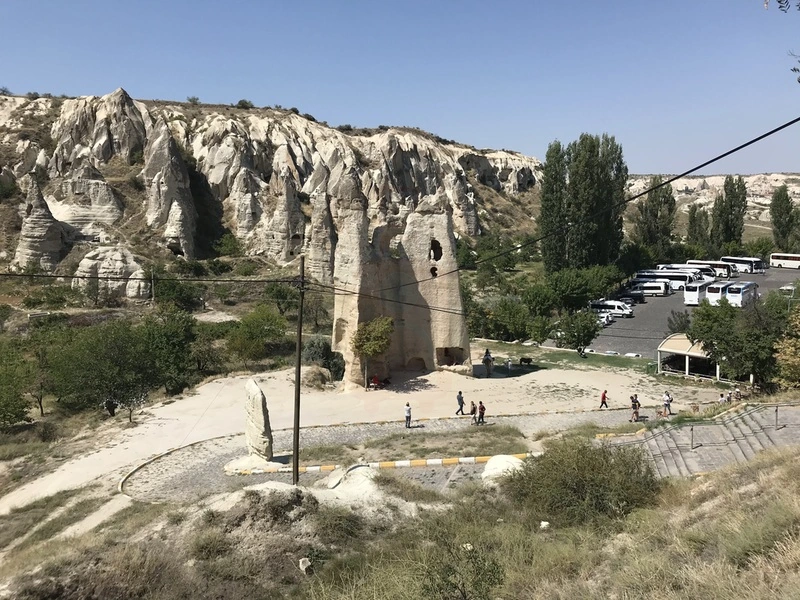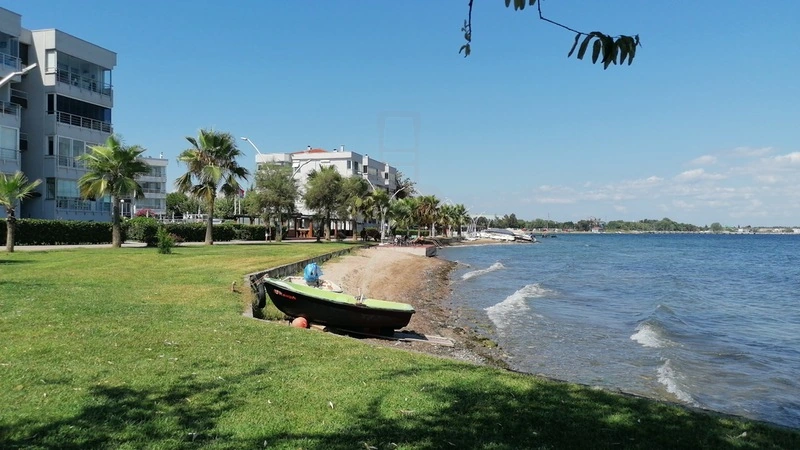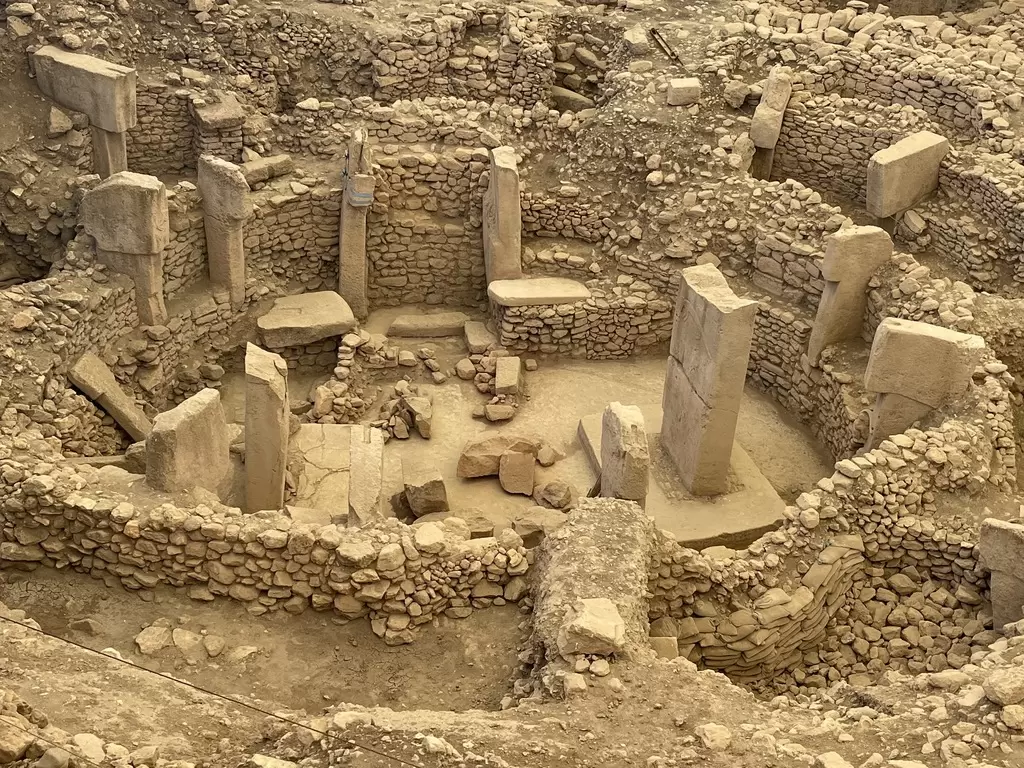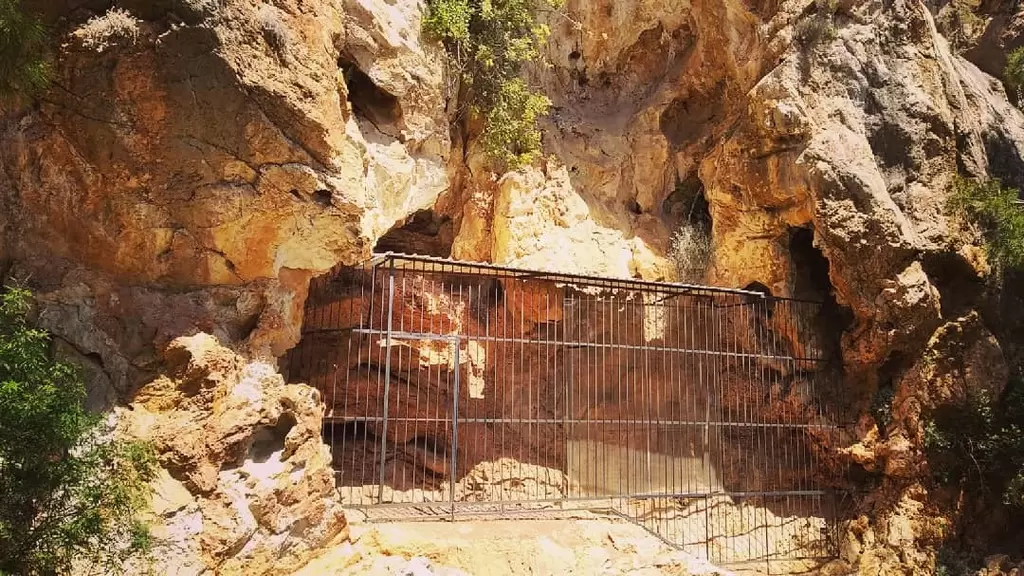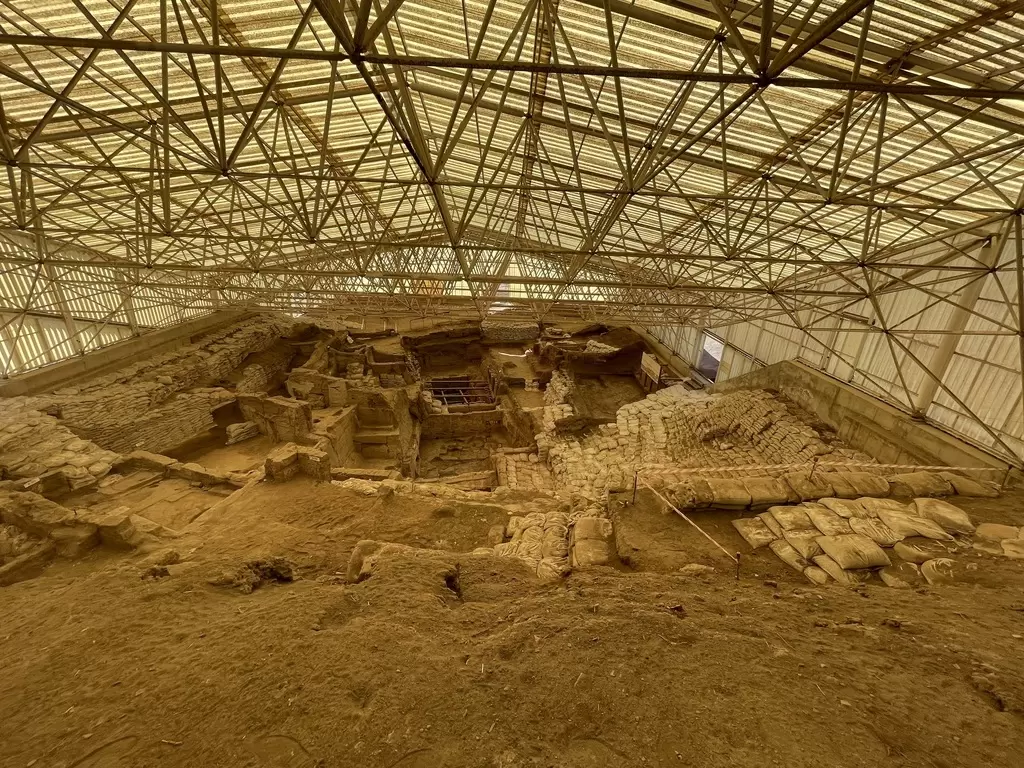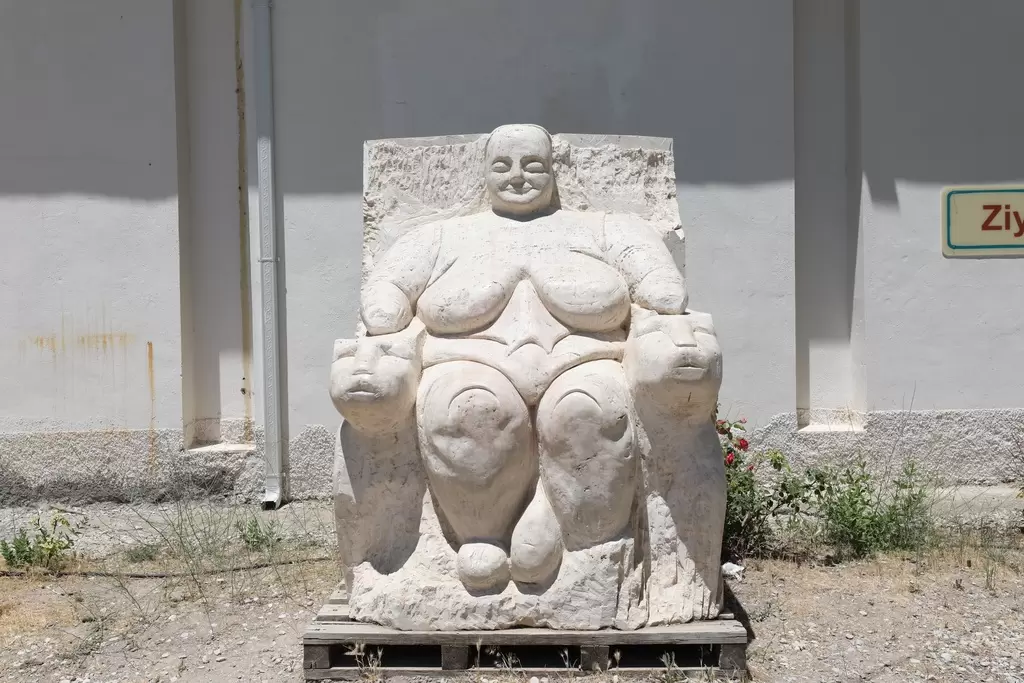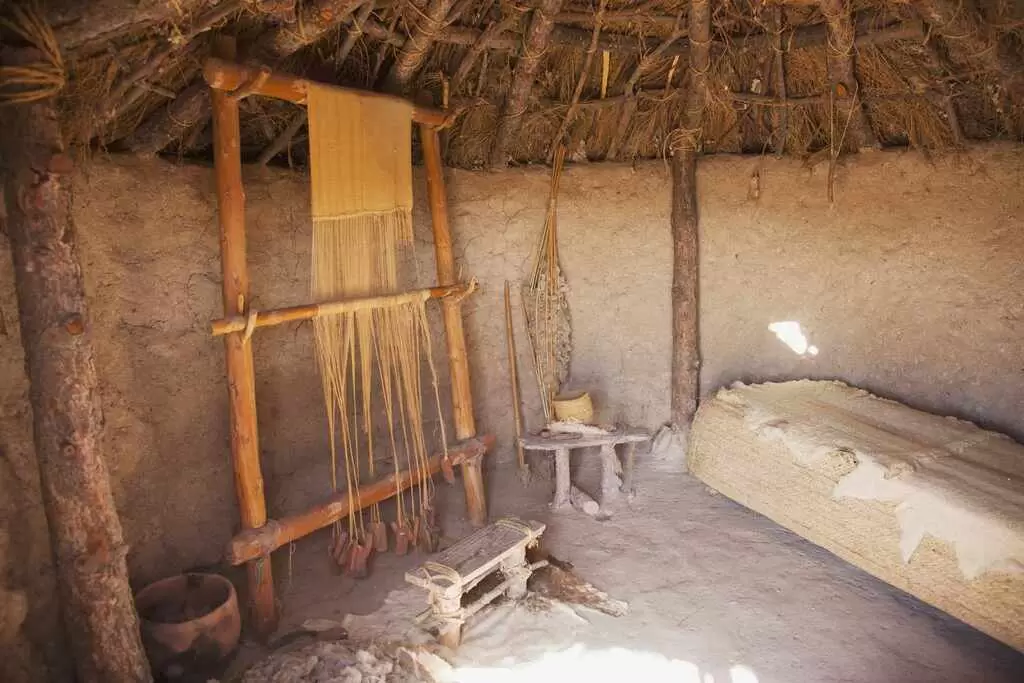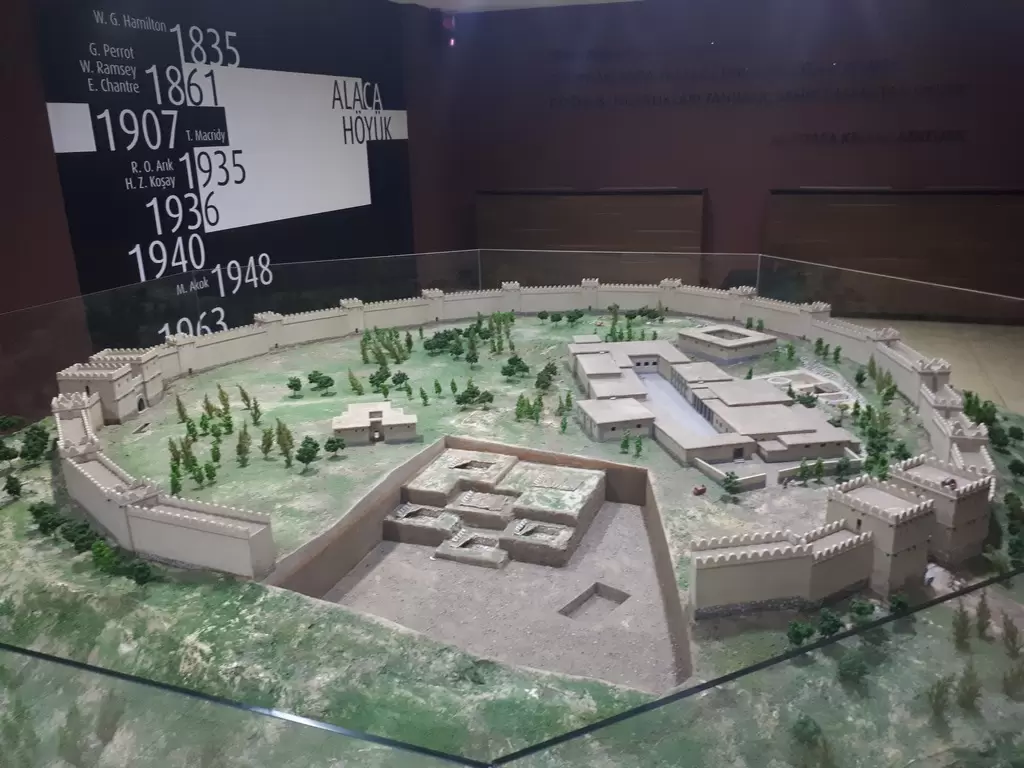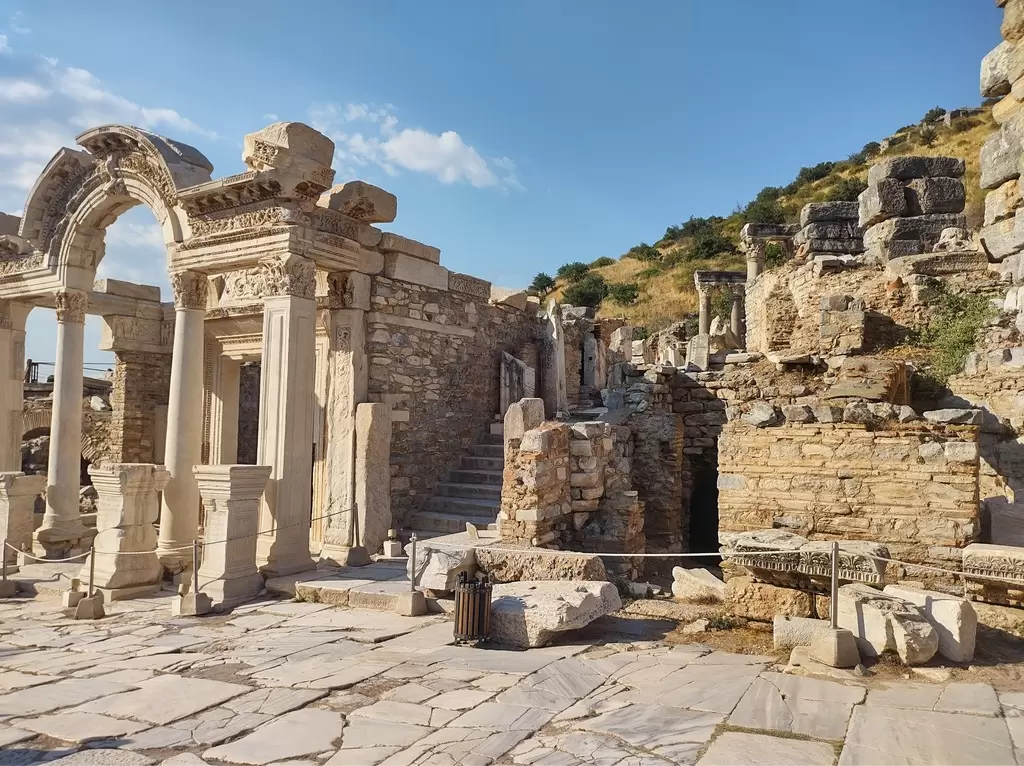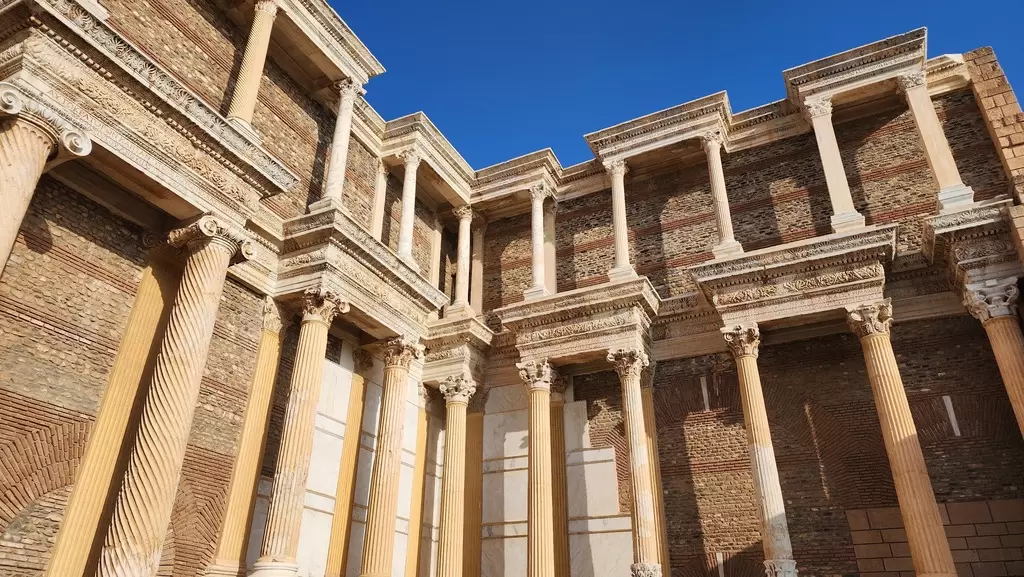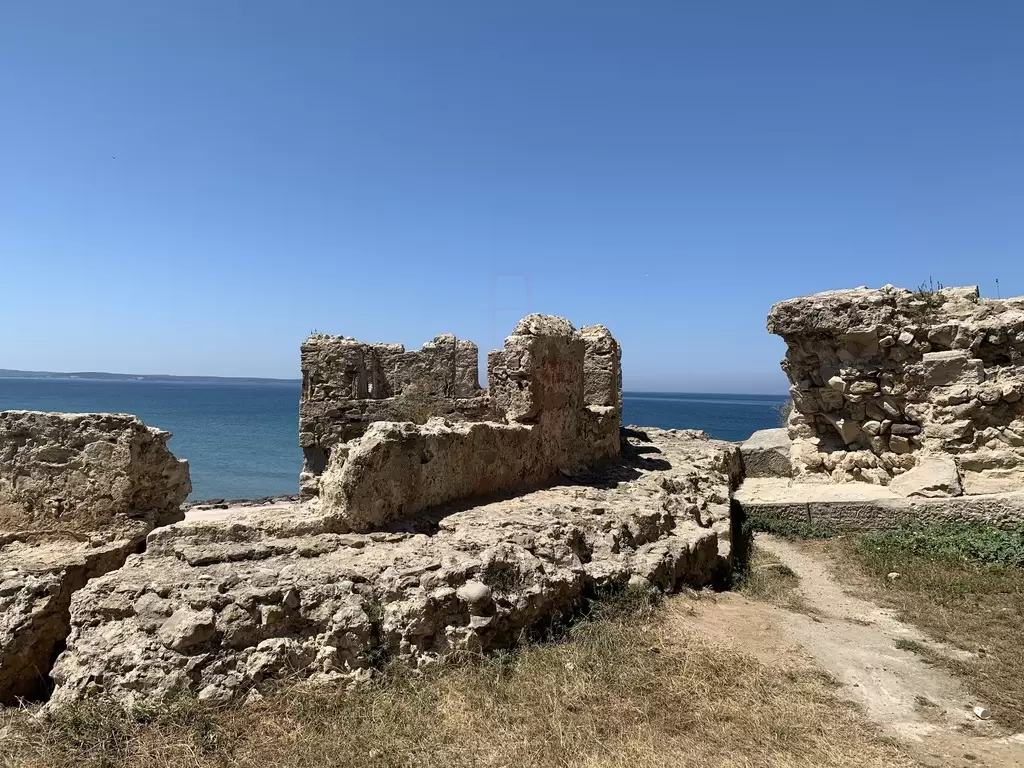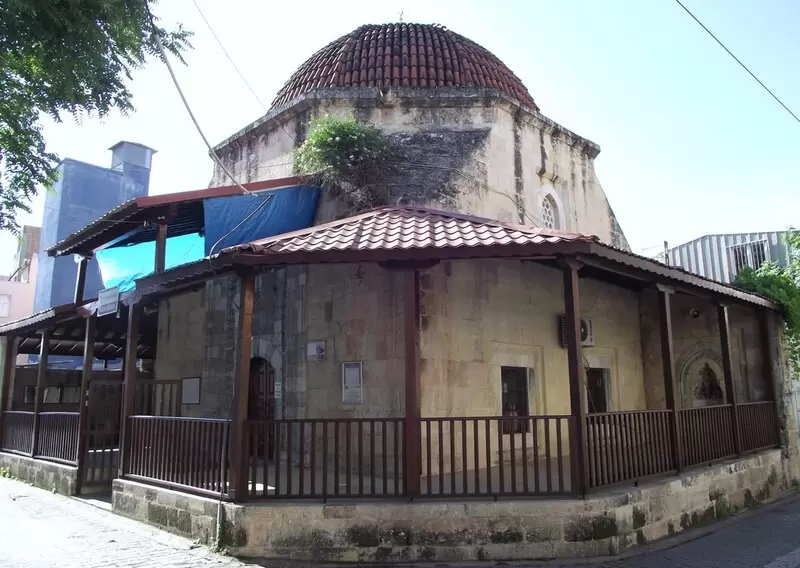
Ramazanoğulları était un beylik important du sud de l'Anatolie, fondé à la fin du 14e siècle, avec sa capitale à Adana. Créé au milieu de la fragmentation politique consécutive au déclin du sultanat seldjoukide, il a joué un rôle important dans la dynamique du pouvoir de la région à la fin de la période médiévale. Le beylik a été fondé par Ramazan Bey, qui a uni diverses tribus et factions, créant ainsi une autorité locale forte.
Le beylik de Ramazananoğulları était connu pour ses capacités militaires, défendant efficacement son territoire contre les puissances rivales, notamment les Mamelouks et l’Empire ottoman en expansion. L'emplacement stratégique d'Adana, à proximité de routes commerciales vitales, a permis au beylik de prospérer économiquement, facilitant le commerce et les échanges culturels entre différentes régions.
Culturellement, Ramazanoğulları a apporté des contributions significatives au paysage architectural de l'Anatolie. Le beylik est connu pour ses structures impressionnantes, notamment des mosquées, des ponts et des caravansérails. La Grande Mosquée d'Adana, construite au cours de cette période, présente des conceptions complexes et reflète un mélange de styles architecturaux turcs et islamiques. Ces structures servaient non seulement à des fins religieuses, mais servaient également de centres communautaires, favorisant la cohésion sociale entre les diverses populations de la région.
La dynastie Ramazanoğulları était également connue pour son mécénat des arts et de l'érudition. Le beylik soutenait les poètes, les érudits et les artisans, créant ainsi un environnement culturel dynamique qui contribuait à la richesse de la littérature et de l'art anatoliens. Cette période a vu l'épanouissement des traditions littéraires turques et persanes, avec de nombreuses œuvres produites sous le patronage des dirigeants de Ramazanoğulları.
Au début du XVIe siècle, alors que l'Empire ottoman poursuivait son expansion territoriale, Ramazanoğulları faisait face à une pression croissante. En 1608, le beylik fut officiellement incorporé à l’Empire ottoman, marquant la fin de son autonomie politique. Malgré cela, l'héritage de Ramazanoğulları a continué d'influencer la région, contribuant au récit culturel et historique du sud de l'Anatolie.
Aujourd'hui, les visiteurs de la région peuvent explorer les vestiges du patrimoine architectural de Ramazanoğulları, notamment la Grande Mosquée et d'autres sites historiques. Les contributions du beylik au commerce, à la culture et à l'histoire militaire restent une partie intégrante de la riche tapisserie historique de l'Anatolie, reflétant une période dynamique et transformatrice qui a façonné le développement de la région.






